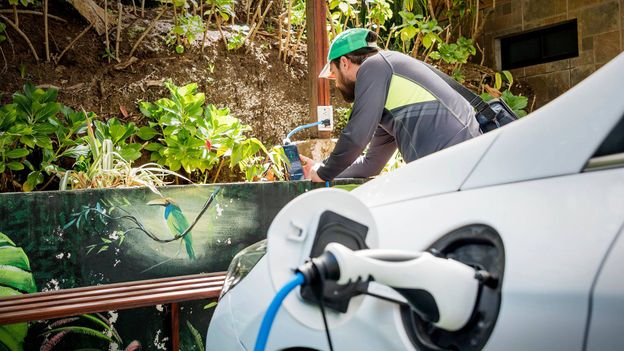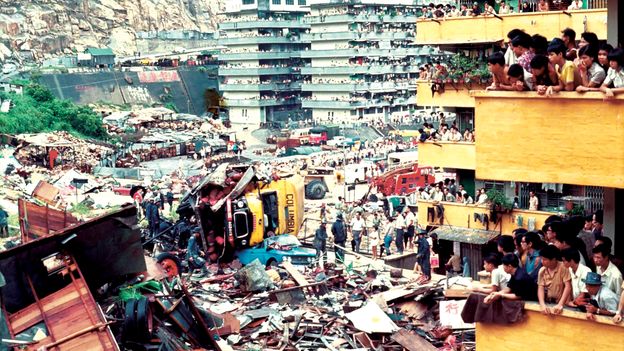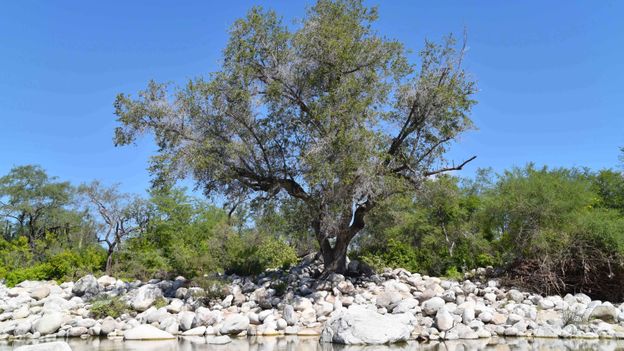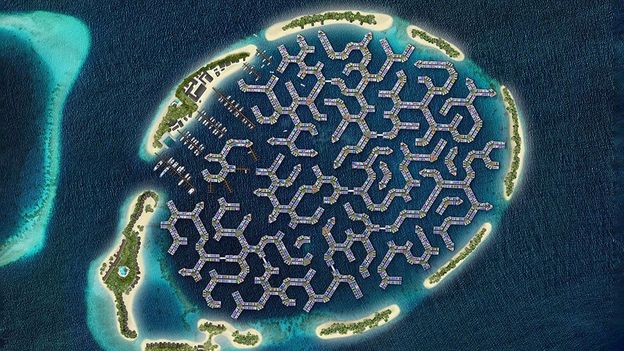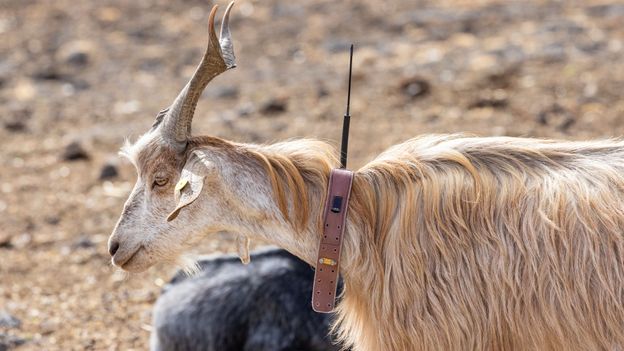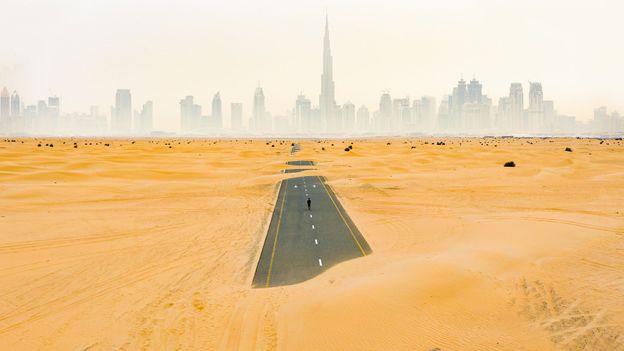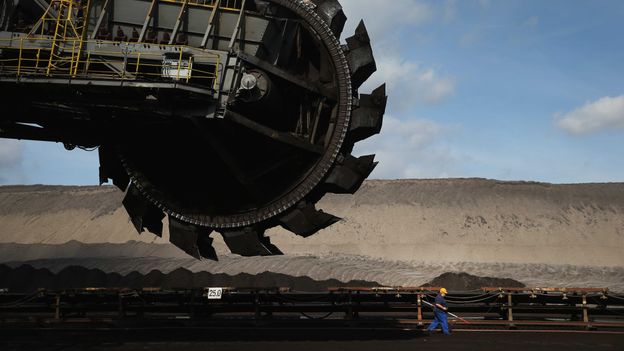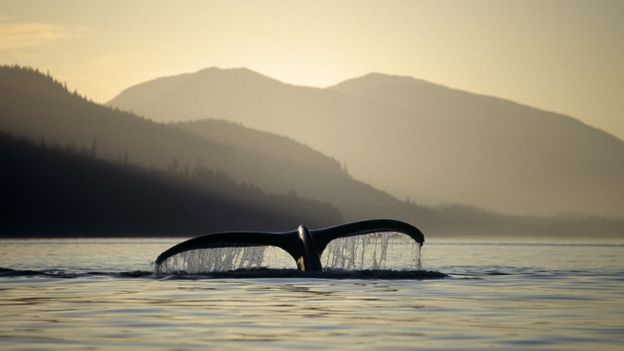In a small town outside of Tamarindo, Douglas Anderson recently decided to join the network. As an electrician, he had been trying to convince local businesses to offer charging options. “When people see there are other communities behind this, they realise it’s not just me with futuristic ideas.”
Information sharing is a key benefit of Rutas Eléctricas. What’s been learned in Monteverde – the importance of installing 240 plug points, what kinds of adaptors are best, how to keep bugs out of plugs – is being shared with other communities. Corclima is developing a comprehensive member handbook as well as a registry for businesses to track usage.
“Most business owners came on board as an opportunity to attract new customers,” says Luis Perez, the first Ruta Eléctrica coordinator in Monteverde who now works with an adventure tourism company. “They aren’t necessarily interested in networking and connecting. But the other 20% have become advocates and they are spreading the idea.”
In Fortuna, businesses are showing renewed interest in joining the network as tourism returns. “What’s really changing is that everyone, from the security guard to the receptionist, now knows about electric vehicles. They see the signs and chargers, and they’re starting to see EV cars,” says Adriana Comacho, the Ruta Eléctrica Fortuna coordinator and an environmental manager at Tabacón, a hot springs spa and hotel.
While electric vehicles are a small fraction of the 1.4 million cars on Costa Rican roads, numbers are projected to increase exponentially by 2023. This may lead to challenges ahead, such as how businesses can recoup the cost of electricity. Since electricity is nationalised, only government utilities are authorised to sell it. Corclima has designed a tool that calculates how much specific cars cost to charge hoping it will help small businesses track electricity expenditures as electric vehicles scale.
But for now, most business owners aren’t worried about electricity costs. Johnny Calderon, the owner of Flow Trips, a tour company in La Fortuna, had his first visit from an electric vehicle user this month. He and his wife began clapping and taking photos. Though the driver didn’t buy a tour, Calderon’s whole family gathered around the car to watch it charge. “I don’t care if it takes time to get EV clients. I want to be part of the change. Maybe some day it will have an economic benefit but that’s not why I’m doing it.”
—
To report this story BBC Future travelled 60 miles (97km) by electric vehicle, for which we have no precise CO2 emission estimates. The digital emissions from this story are an estimated 1.2g to 3.6g CO2 per page view. Find out more about how we calculated this figure here.
—
Join one million Future fans by liking us on Facebook, or follow us on Twitter or Instagram.
If you liked this story, sign up for the weekly bbc.com features newsletter, called “The Essential List”. A handpicked selection of stories from BBC Future, Culture, Worklife, Travel and Reel delivered to your inbox every Friday.

